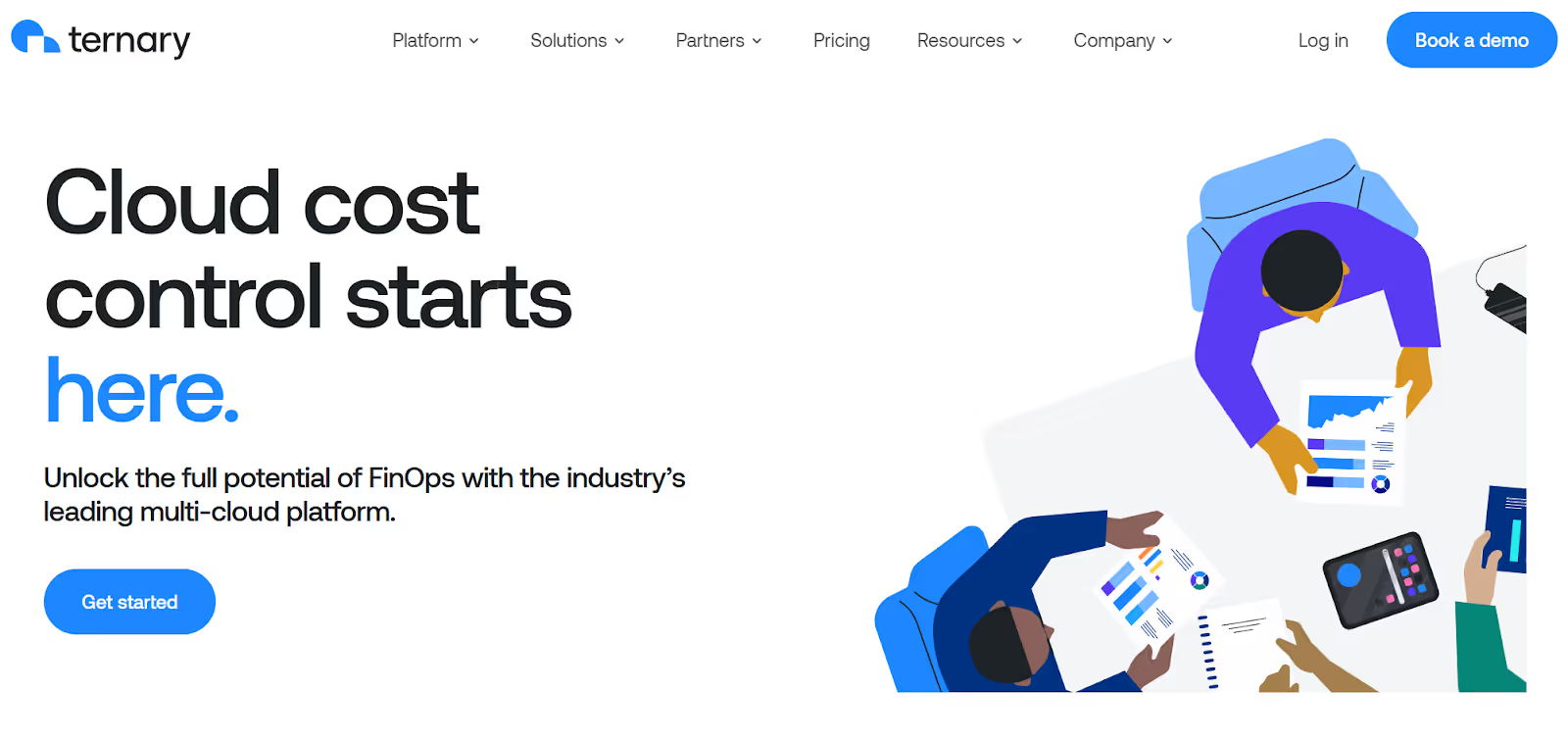.avif)
Managing cloud expenditures is a priority for businesses aiming to optimise operations and maintain financial efficiency. FinOps services provide visibility into cloud costs, implement cost-saving strategies, and enhance collaboration between finance and IT teams. Below, we explore some of the top FinOps services that help businesses streamline cloud cost management.
Cloud spending can quickly get out of control without proper financial governance. Implementing strong FinOps strategies helps businesses:
When selecting a FinOps service, consider the following:
Each service above offers a unique approach to cloud cost management, so choosing the right one depends on your business structure and needs.

Future Processing offers a Cloud Cost Optimisation service based on FinOps principles. Their two-week assessment identifies inefficiencies, providing data-driven recommendations to reduce costs and improve efficiency.
Why Choose Future Processing? Their strategic approach ensures businesses maximise cloud investments while reducing financial waste.

Finout provides a FinOps platform for managing cloud costs across AWS, Azure, GCP, and Kubernetes.
Why Choose Finout? Ideal for enterprises managing multi-cloud environments that require complete cost transparency and accountability.

CloudZero helps businesses track cloud expenses by customer, team, and feature to align IT and finance.
Why Choose CloudZero? Perfect for engineering teams needing data-driven cost optimisation while maintaining cloud performance.
DoiT International’s FinOps tools maximise cloud savings through predictive analytics and automation.
Why Choose DoiT? A great choice for scaling businesses needing cost control and automation without added operational complexity.
Aquila Clouds specialises in cloud financial management, enabling businesses to automate cost tracking and eliminate financial leaks.
Why Choose Aquila Clouds? Best for enterprises needing financial governance tools to maintain cloud efficiency while ensuring regulatory compliance.

Ternary is a FinOps-first platform designed to optimise cloud operations at scale.
Why Choose Ternary? Perfect for businesses operating large-scale cloud environments with complex cost structures and the need for cross-team collaboration.
BMC Helix leverages AI to predict, optimise, and control cloud costs.
Why Choose BMC Helix? Great for businesses looking for AI-driven cost intelligence and automated insights that align with IT service management.

Centilytics is a cloud management platform offering detailed financial oversight and budget tracking.
Why Choose Centilytics? Ideal for businesses that need full financial transparency over cloud expenditures with built-in alerts to prevent cost overruns.
To fully leverage FinOps services, businesses should:
By integrating these best practices, businesses can enhance their cloud cost efficiency and drive long-term savings.
Cloud cost management isn’t just about tracking expenses—it’s about implementing proactive financial strategies that align IT and finance teams. FinOps services help businesses gain visibility into cloud spending, optimise resources, and prevent financial inefficiencies.
By leveraging the right FinOps service, organisations can maintain financial discipline, increase operational efficiency, and drive cloud ROI.
For more insights on business financial strategies, visit Robin Waite’s Business Coaching.